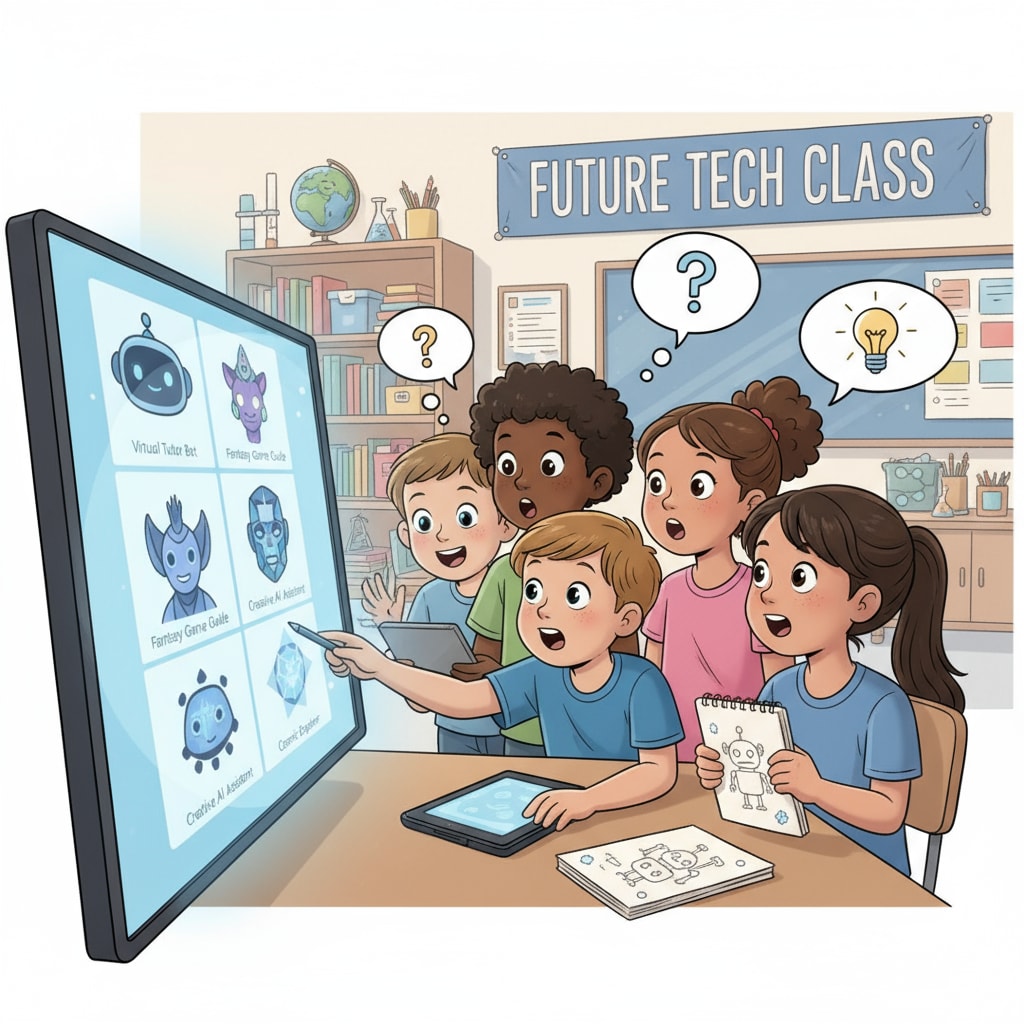In the modern digital age, the concepts of AI avatars, child safety, and technology education are intertwined. As artificial intelligence continues to penetrate various aspects of our lives, children are increasingly being introduced to this cutting-edge technology. However, it’s crucial to find a balance between the potential educational benefits and the safety risks that come with it.

The Rise of AI and Its Impact on Children
The rapid development of AI has brought about a new era of technological innovation. AI avatars, in particular, have become a fascinating element for children. These virtual representations can engage kids in various ways, from interactive storytelling to educational games. For example, many educational apps now use AI avatars to make learning more fun and engaging. According to Artificial intelligence in education on Wikipedia, AI in education is revolutionizing the way children learn. However, this also exposes children to potential safety threats.
Safety Concerns When Children Interact with AI
One major concern is data privacy. Children may unknowingly provide personal information while using AI applications. This data could be misused by malicious parties. Another issue is the content that AI-generated avatars might present. Some avatars could display inappropriate or false information. As a result, parents need to be vigilant. For instance, they should closely monitor the apps and platforms their children use. Artificial intelligence on Britannica also highlights the importance of safeguarding children in the digital AI landscape.

The Educational Value of AI for Children
On the positive side, AI offers significant educational opportunities. AI avatars can be used as interactive learning tools, helping children develop critical thinking, creativity, and problem-solving skills. For example, in coding classes, AI avatars can assist kids in understanding complex programming concepts. In addition, exposure to AI technology at a young age can enhance children’s adaptability to future technological advancements.
Readability guidance: As we can see, there are both risks and rewards when it comes to children’s interaction with AI. By being aware of these aspects, parents can take appropriate measures to ensure a safe and educational experience for their children.


